The man who trekked Bhutan, Mongolia, Japan, Tasmania and New Zealand to bring the world's greatest magnolias back to Kent
Magnolias don't get any more magnificent than the examples in the garden at White House Farm in Kent, home of Maurice Foster. Many of them were collected as seed in the wild — and they are only one aspect of his enthralling garden.
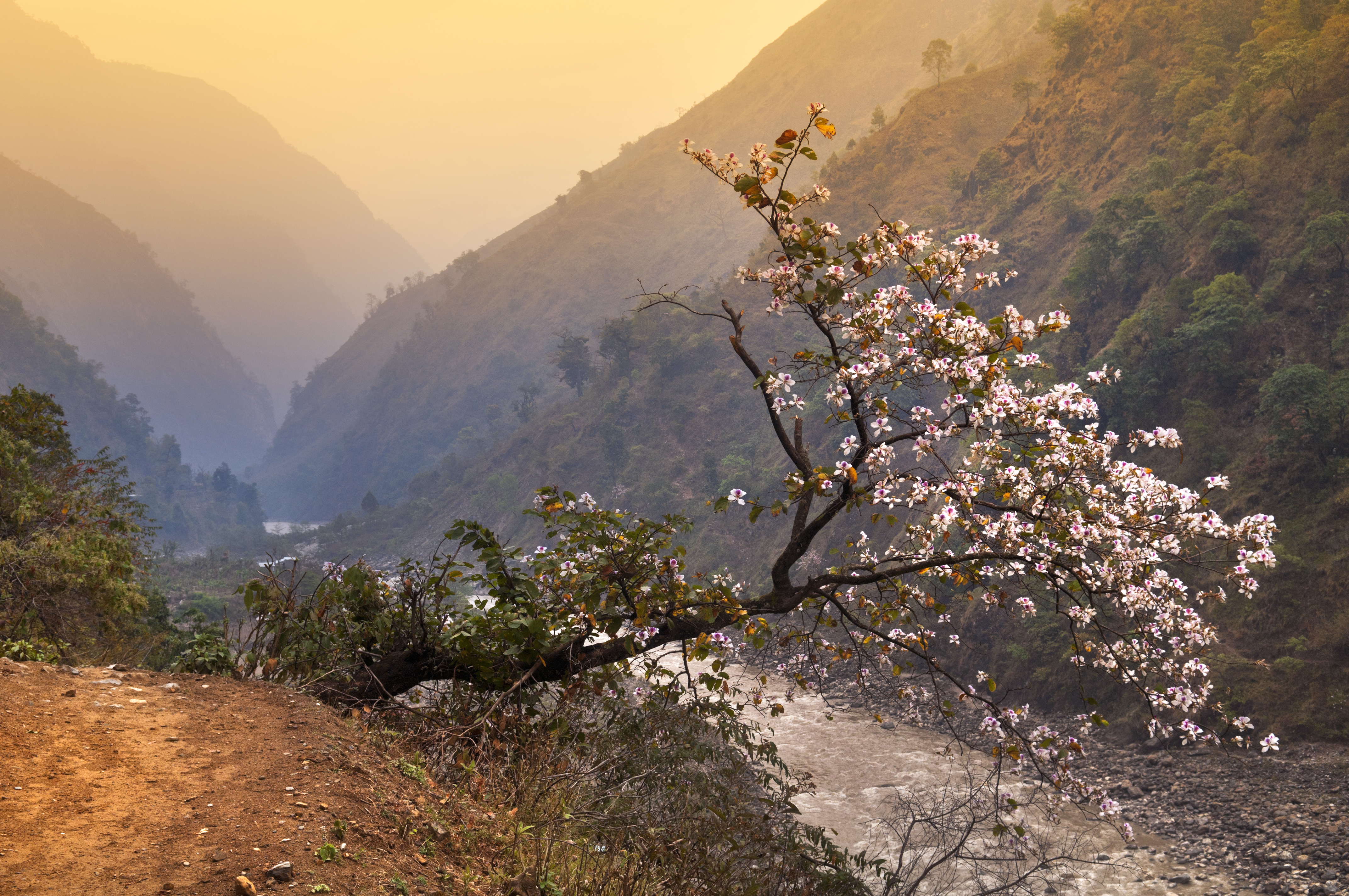
‘If anyone deserves the title of the plantsman’s plantsman it is Maurice Foster.’ That was the verdict of the horticultural luminary Hugh Johnson after a visit to White House Farm in 2017. Mr Foster’s wisdom, experience, energy and enthusiasm for plants are admired by everyone who meets him. His memory is phenomenal, too — he can tell you where every one of the 6,000 plants in his collection came from and whether he thinks it is correctly named.
In 1971, Mr Foster and his late wife, Rosemary, bought White House Farm in Kent specifically because they wanted to make a large garden and grow trees and shrubs, such as magnolias. It came with five acres of land, to which they added a seven-acre apple orchard that is now the site of their arboretum and, later, three acres of woodland. The garden is 500ft above sea level, at the top of a ridge, so that winter frosts roll down to the valleys below. It is also extremely thickly planted, so that a great number of tender plants that would not normally survive flourish in the sheltered woodland areas.
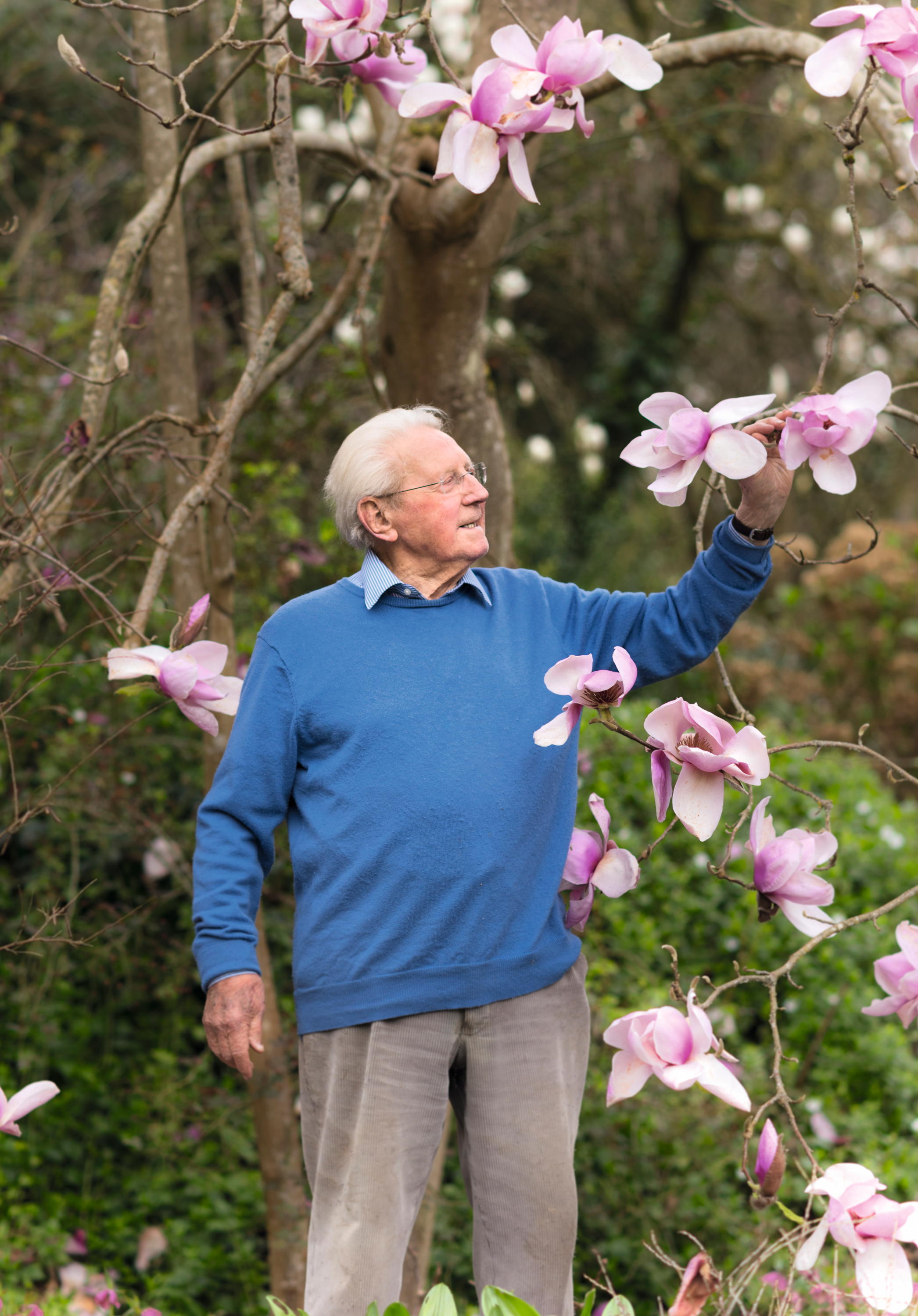
Apart from a single Bramley apple, all the trees and shrubs at White House Farm were planted by Maurice Foster and his late wife, Rosemary, in ground they cleared by hand.
The soil is variable, but is mostly a light loam with a pH of 5.5 to 6.5. Parts are quite stony and there are occasional veins of clay. Throughout the holding are seams of Kentish ragstone, an impermeable limestone that was once widely used as a damp course in local buildings. Apart from a century-old Bramley apple tree near the house, every single tree and shrub in the garden at White House Farm was planted by the Fosters in ground that they had cleared by hand.
Mr Foster took early retirement from his job in publishing in 1992 to devote himself to the garden and embark on a series of plant-hunting trips to Western China. Further expeditions took him to other parts of China, Pakistan, Bhutan, Mongolia, Japan, Tasmania and New Zealand. Naturally, magnolias were among the many seeds he brought back from Eastern Asia, including a large number of species collected in the wild. Magnolia insignis and M. campbellii subsp. mollicomata came from China’s upper Salween valley — seed of the latter is difficult to find because trees are stripped for their medical uses.
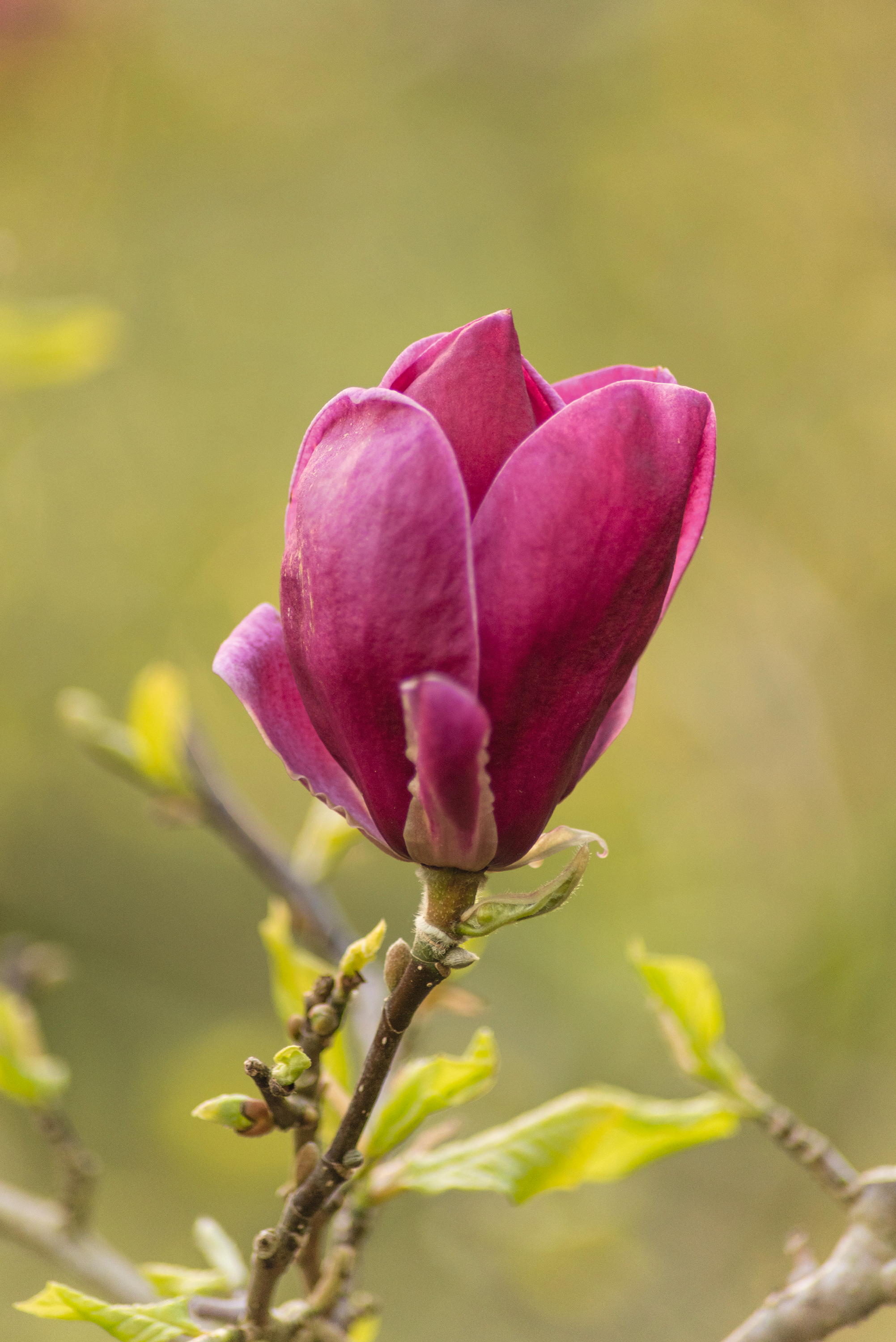
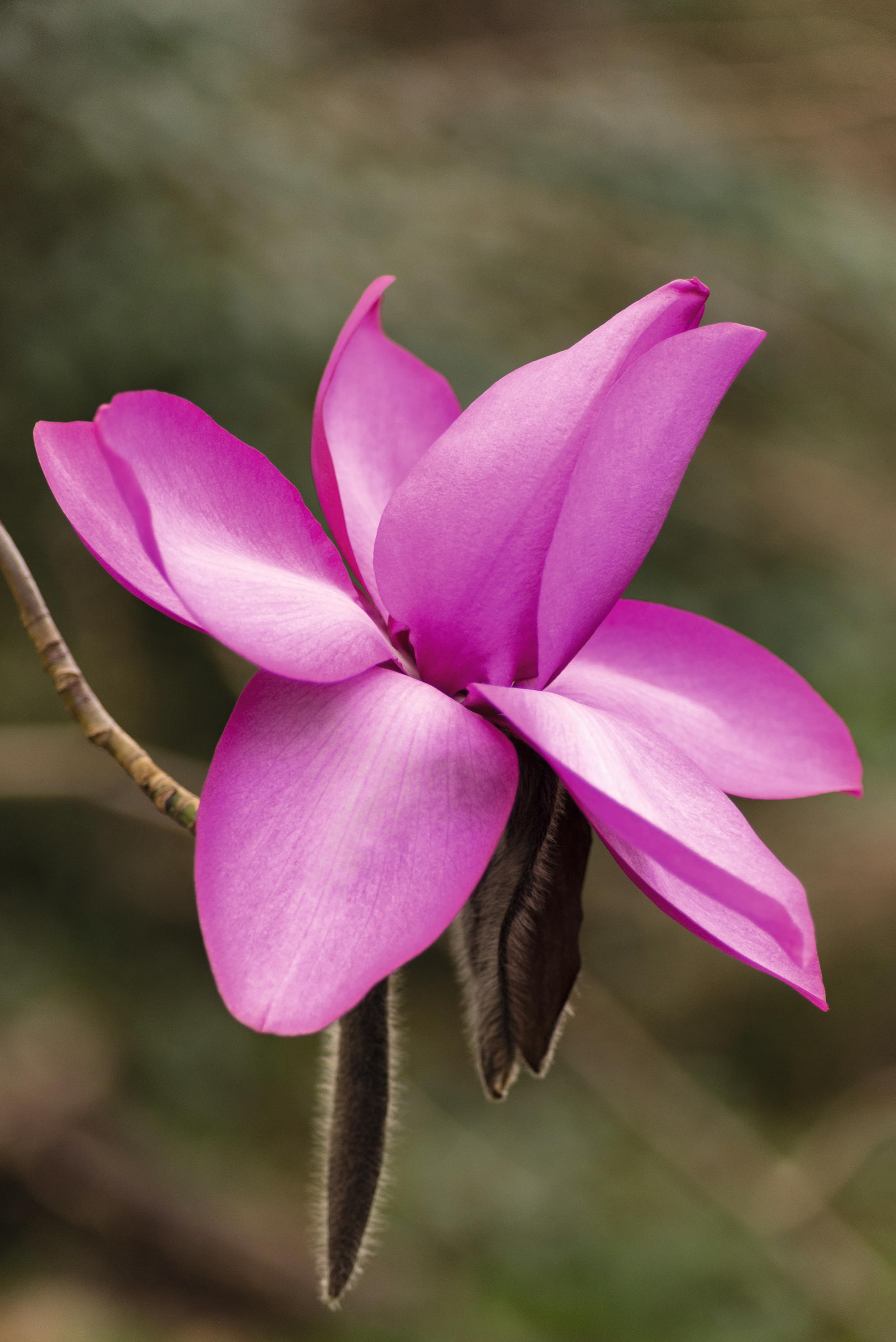
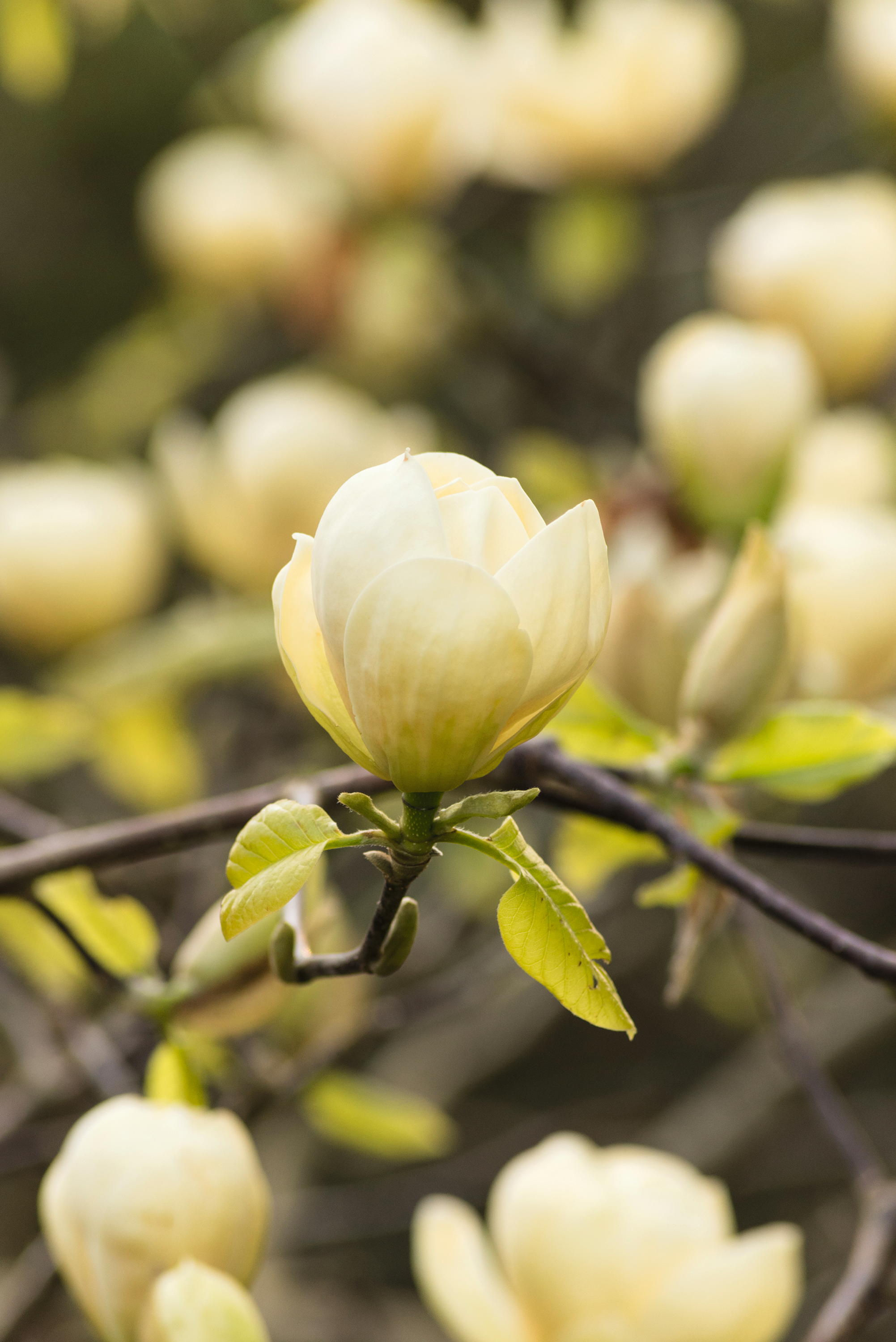
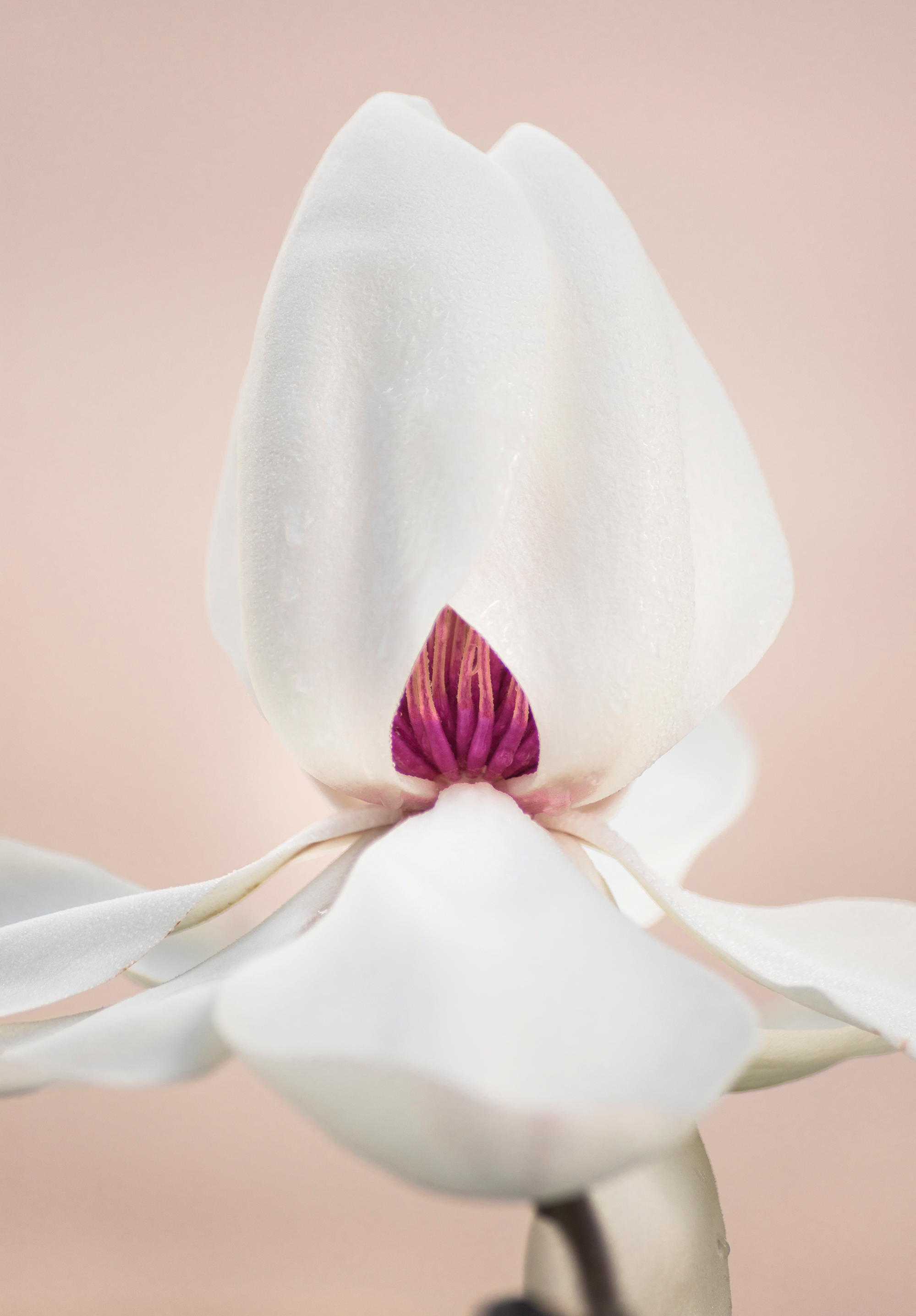
Many other wild-collected species have arrived from gardens and gardeners all over the world — wild collections are of great scientific importance. Mr Foster noticed that M. campbellii in the wild is usually white flowered, but it was originally described by Sir Joseph Hooker from a very rare pink form that occurs around Darjeeling. Pink forms are, therefore, the ‘type’ of the species — and always popular — whereas the white form is less frequently seen in gardens. Magnolia petals are really sepals that botanists refer to as ‘tepals’.
Maurice Foster's favourite magnolias

Magnolia ‘David Clulow’ AGM, a white Gresham hybrid
‘Jane Platt’ AGM, the best pink form of M. stellata
Magnolia ‘Pink Petticoats’, Maurice Foster’s summer-flowering hybrid of M. globosa, not yet in commerce
Magnolia campbellii ‘Darjeeling’, the best of the dark forms, although ‘Betty Jessel’ and late-flowering ‘Peter Borlase’ are also good
Magnolia dawsoniana ‘Clarke’, a selection from San José in California, US, that is perhaps a cross with M. sprengeri
The dark form of Magnolia sargentiana var. robusta from Caerhays in Cornwall that he bought as a grafted plant, 8in high, at a Treseder’s sale in 1987. Mr Foster finds that it stands up well to wind and rain
Mr Foster had, however, been a committed lover of magnolias for many years and the bulk of his collection at White House Farm consists of garden hybrids — more than 220 of them. Some are now national champions for their height, girth or both. He is always thrilled when the first trees flower early in March — tall species such as Magnolia campbellii and hybrids, including M. x veitchii ‘Peter Veitch’, which can grow to 75ft. In most years, M. sargentiana var. robusta ‘Blood Moon’ is the earliest to flower. It grows near ‘Claret Cup’, another March flowerer that is a seedling of M. sprengeri var. diva and Mr Foster raised two frost-resistant seedlings that appear to be hybrids between the two. He named them ‘Premier Cru’ (he calls its colour ‘hot magenta’) and ‘Grand Cru’. The colours of all these tree magnolias are intensified when seen against the blue sky of early spring. Naturally, one needs space and patience for the very tall early-flowering magnolias, but Mr Foster says that garden owners should be more adventurous.
April brings Magnolia ‘Purple Globe’, bred by Os Blumhardt in New Zealand. The outside of its tepals are, indeed, dark purple, although the insides open out pink. Another of Blumhardt’s cultivars, M. ‘Star Wars’, is now 40ft at White House Farm. This is also the month when forms of ever-popular M. stellata and M. x soulangeana are in flower. Mr Foster greatly admires the hybrids bred by Todd Gresham at his Santa Cruz home in California, US. ‘Manchu Fan’ at 30ft is still growing. Mr Foster has noticed that when a magnolia reaches its ultimate height, it stops growing upwards and thickens up sideways instead.
Sign up for the Country Life Newsletter
Exquisite houses, the beauty of Nature, and how to get the most from your life, straight to your inbox.
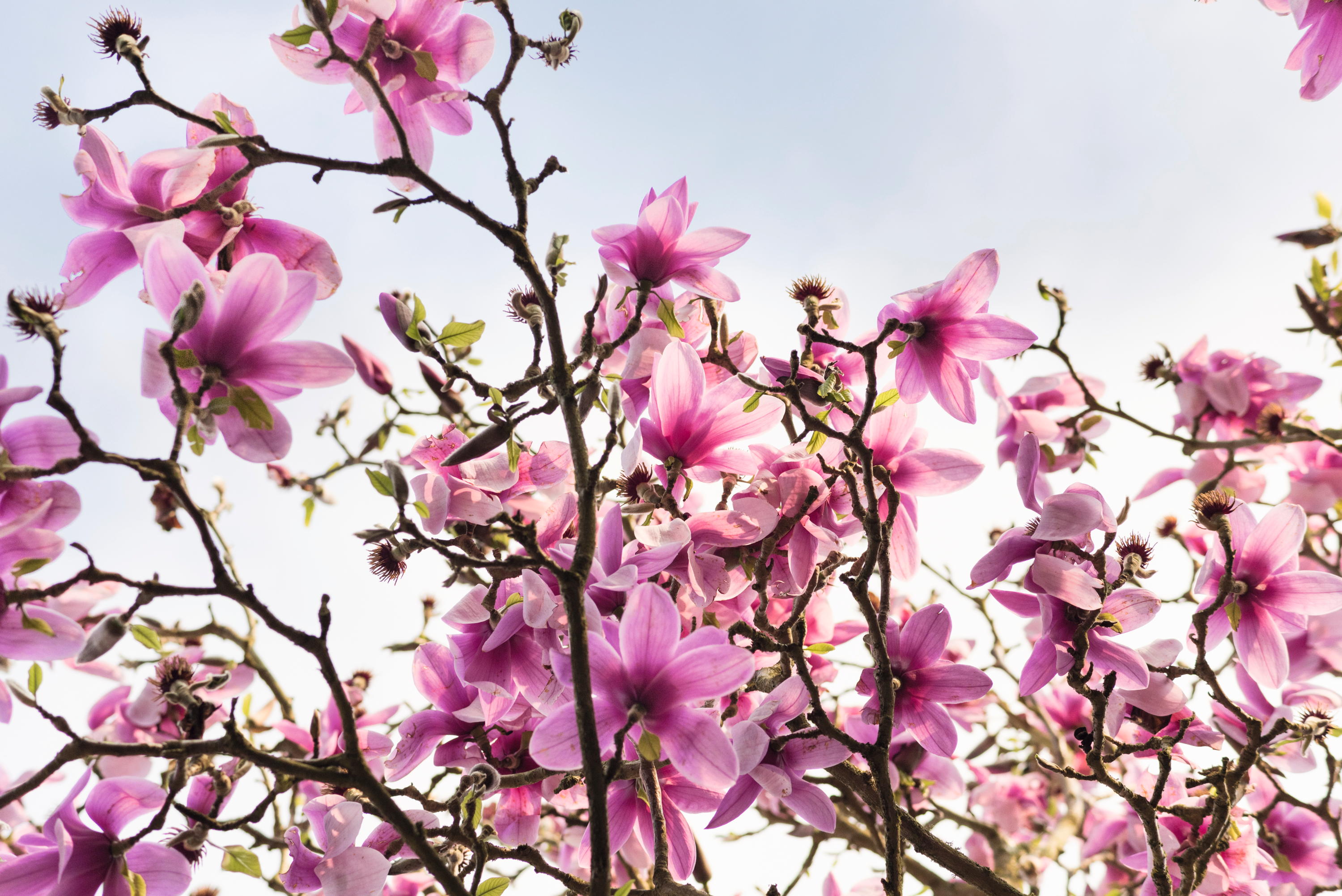
Yellow magnolias come into flower in late April and into May and they are one of Mr Foster’s particular interests. He says that, over the past 50 years, some 100 selections and hybrids have been listed. ‘Too many have been named, many of not obvious garden value, not to say mediocre,’ he declares. ‘The search continues for the perfect yellow magnolia.’ He thinks highly of Honey Tulip, ‘Yellow Lantern’, ‘Butterbowl’ and ‘Elizabeth’, of which he has a 40ft specimen at White House Farm. Best of all is rain-resistant ‘Lois’: one of his plants, planted in 1990, was nearly 35ft high when it succumbed to verticillium or phytophthora. ‘The quality of its primrose-yellow flowers, vigour, hardiness and neat, symmetrical habit all commend it as an outstanding choice for any garden in the UK.’
Mr Foster is a great fan of the summer-flowering Oyama magnolias. The best-known species are Magnolia sieboldii from Japan and M. wilsonii from Sichuan. All have fragrant nodding or pendulous white flowers from late May onwards — and all are very beautiful. M. wilsonii flowers all at once, whereas M. sieboldii has fewer flowers in May, but then produces a long succession well into August.
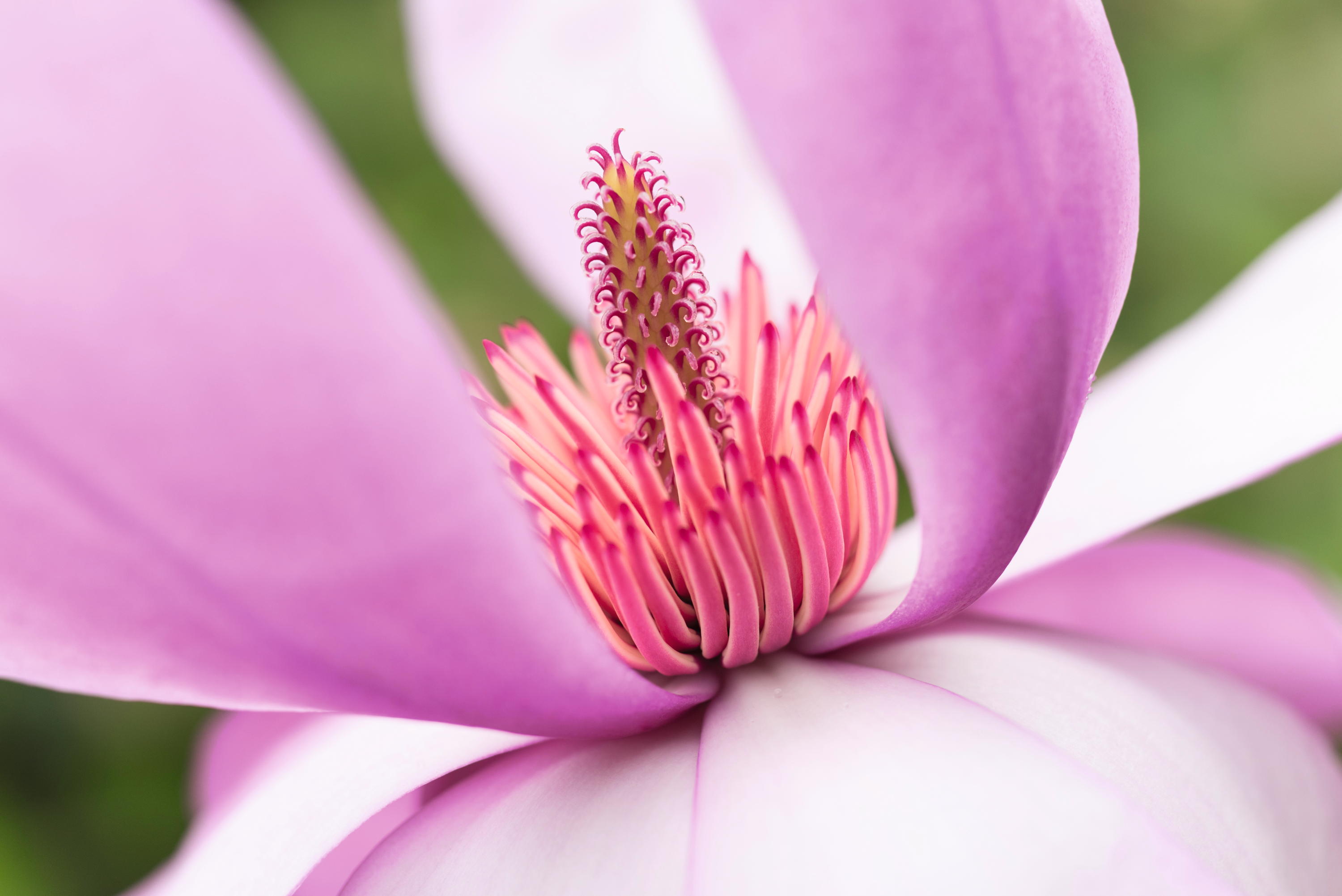
Frost-resistant seedling Magnolia ‘Grand Cru’, possibly a hybrid of M. sprengeri ‘Claret Cup’ and M. sargentiana robusta ‘Blood Moon’
Mr Foster has a systematic approach to gardening and likes to draw conclusions from his observations. Many of his magnolias come from dormant scions given to him by fellow enthusiasts. He grafts them, using seedlings of Magnolia kobus as rootstocks. In due course, he raises cuttings as an insurance policy and plants both out, side by side. At first, the grafted plants, with the benefit of an established root formation, grow faster, but, later on, the own-root plants outperform them. Mr Foster concludes that M. kobus has a dwarfing effect that means it could be used to adapt tree-like cultivars to small gardens.
The garden and arboretum at White House Farm are now a registered charity, established to conserve their plants for posterity. They are open to groups by prior arrangement and Mr Foster also hosts study days. The gardens are entirely maintained by the plantsman himself, with part-time paid help once a week and a growing number of volunteers. Readers should not think that magnolias are the only plants to be seen: there are extensive collections of deutzias, philadelphus, sorbus, hornbeams, maples, birches and roses. Two hydrangea walks with seedlings of H. serrata and H. aspera extend for some 400 yards. There are large collections of camellia and rhododendron species, too, and a rich woodland undergrowth of bluebells, snowdrops, daffodils, lilies, epimediums and anemones.
Wherever you walk at White House Farm, your attention is caught by individual plants. Mr Foster is indeed the plantsman’s plantsman — a prince among plantsmen and a whirlwind of charm and energy. And always smiling.
Charles Quest-Ritson is a historian and writer about plants and gardens. His books include The English Garden: A Social History; Gardens of Europe; and Ninfa: The Most Romantic Garden in the World. He is a great enthusiast for roses — he wrote the RHS Encyclopedia of Roses jointly with his wife Brigid and spent five years writing his definitive Climbing Roses of the World (descriptions of 1,6oo varieties!). Food is another passion: he was the first Englishman to qualify as an olive oil taster in accordance with EU norms. He has lectured in five languages and in all six continents except Antarctica, where he missed his chance when his son-on-law was Governor of the Falkland Islands.
-
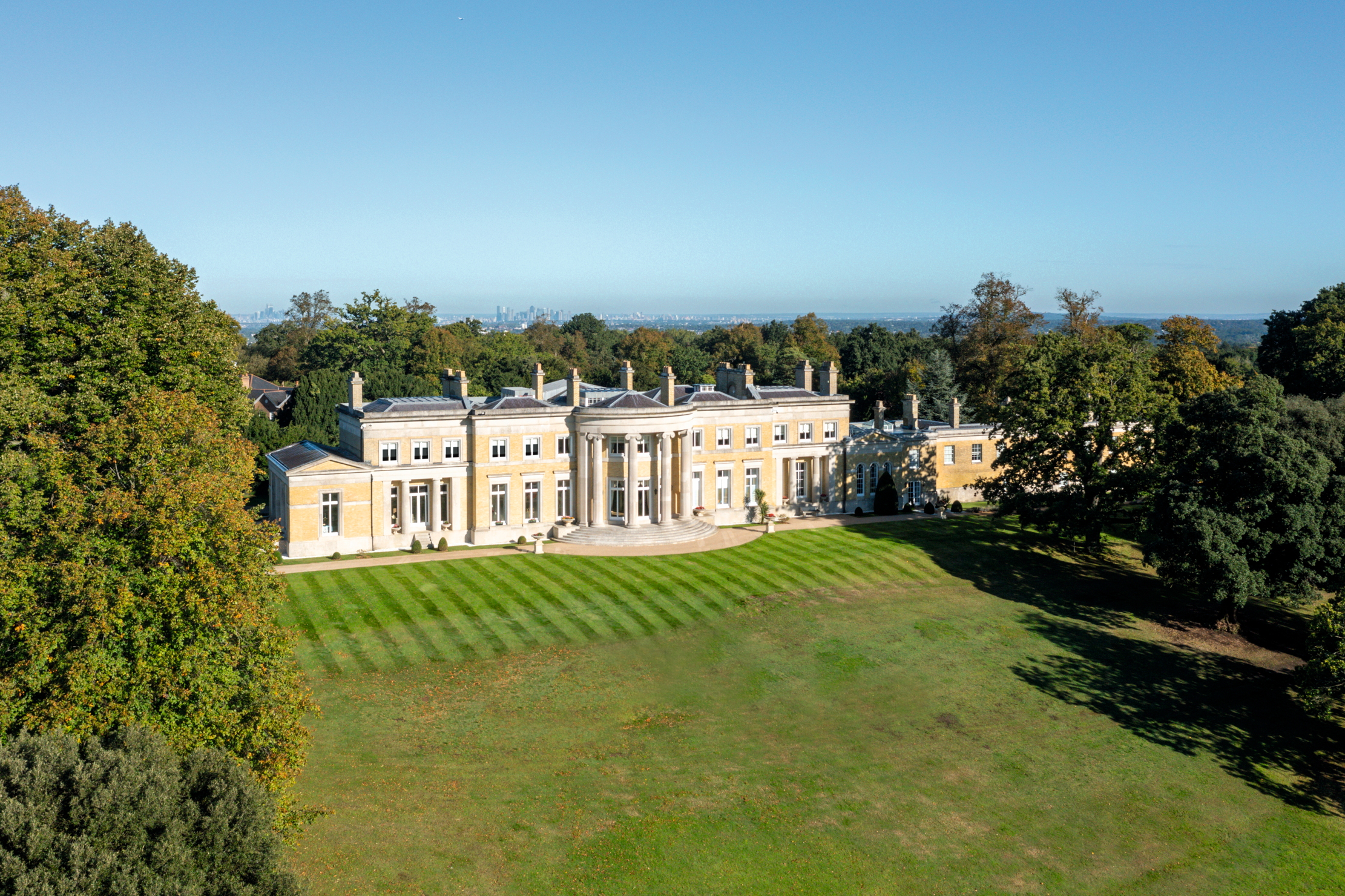 A Grecian masterpiece that might be one of the nation's finest homes comes up for sale in Kent
A Grecian masterpiece that might be one of the nation's finest homes comes up for sale in KentGrade I-listed Holwood House sits in 40 acres of private parkland just 15 miles from central London. It is spectacular.
By Penny Churchill
-
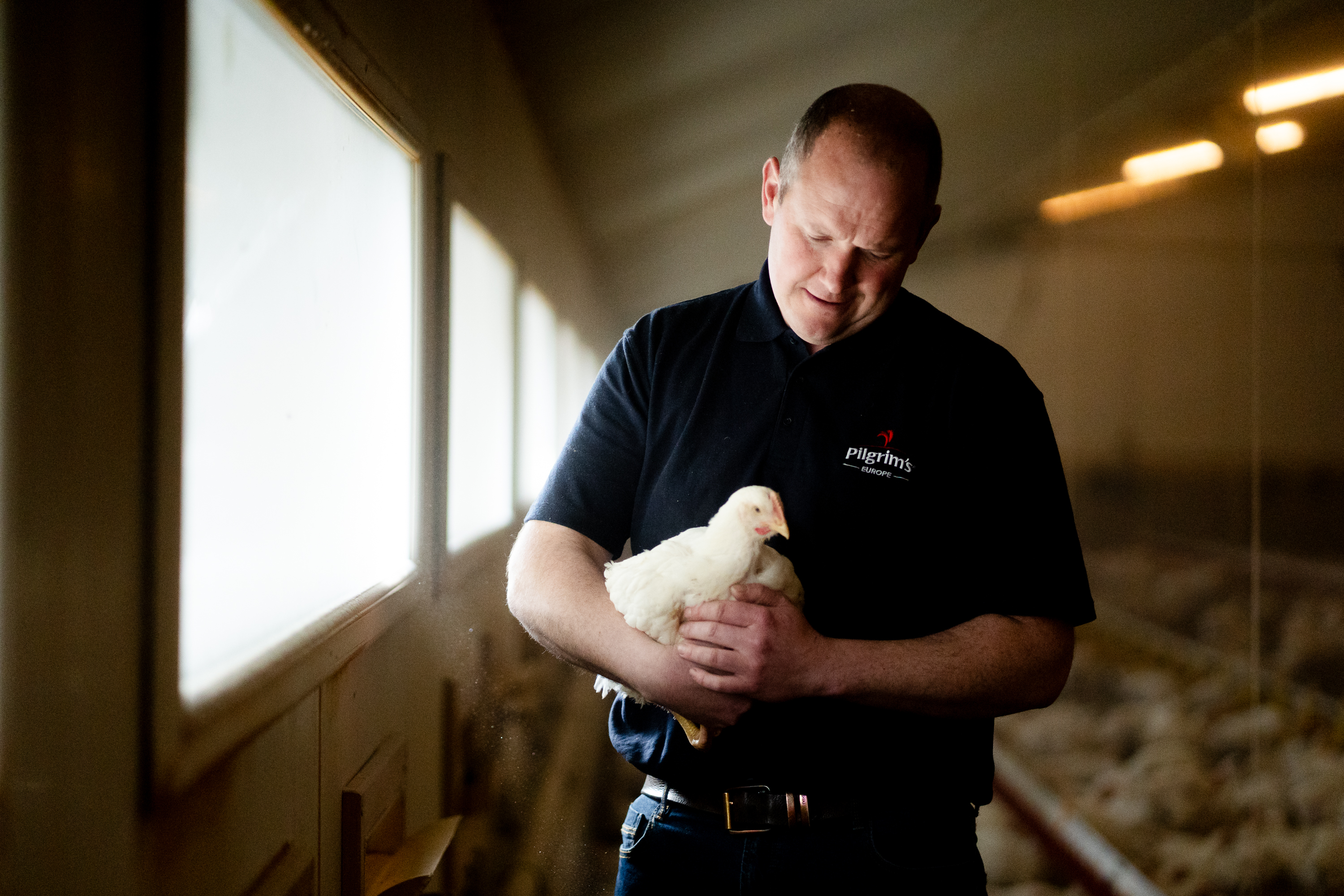 What the cluck? Waitrose announces ‘trailblazing’ pledge to help improve chicken welfare standards
What the cluck? Waitrose announces ‘trailblazing’ pledge to help improve chicken welfare standardsWaitrose has signed up to the Better Chicken Commitment, but does the scheme leave Britain open to inferior imports?
By Jane Wheatley
-
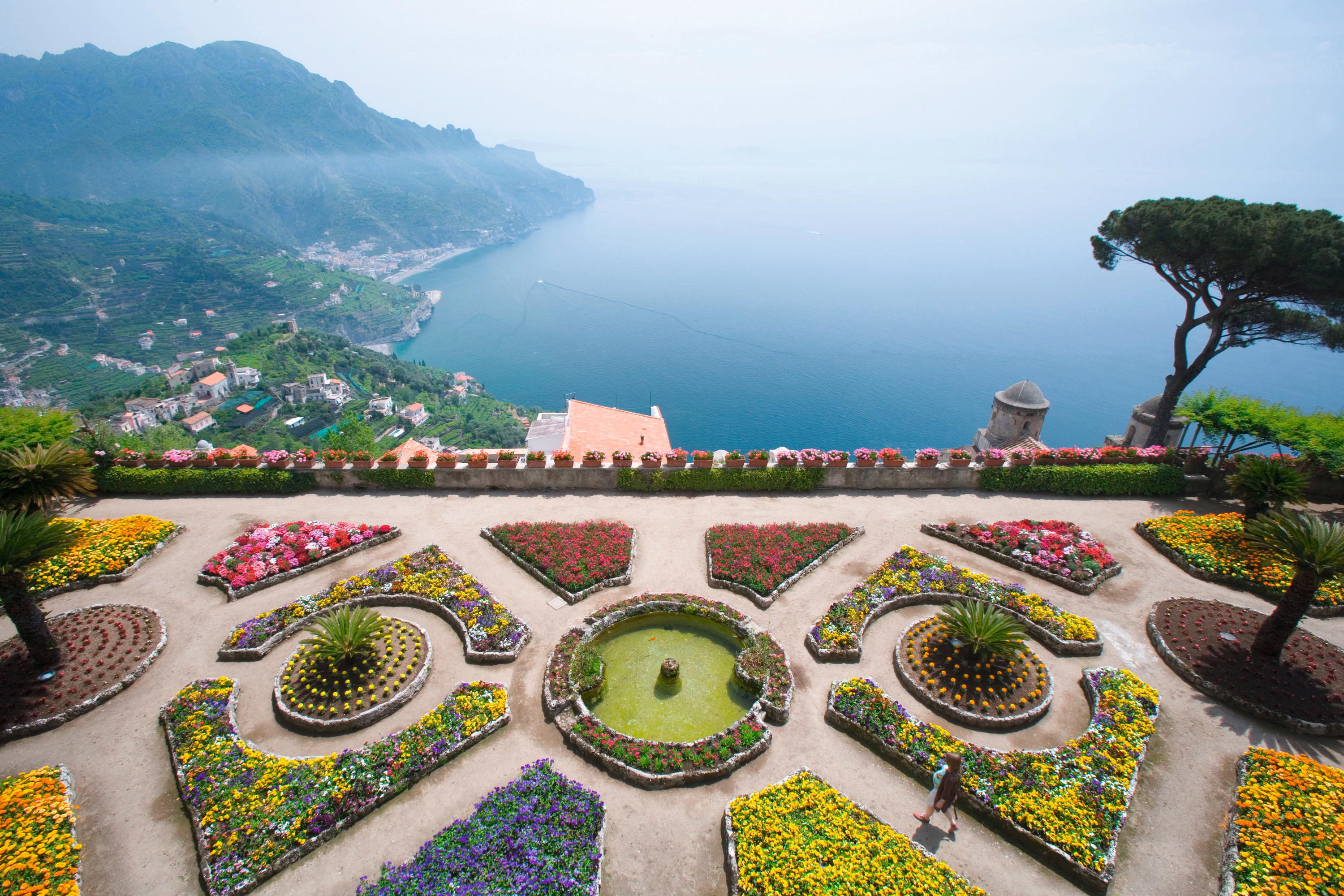 The 'breathtakingly magnificent' English country gardens laid out on the Amalfi Coast, and the story of how they got there
The 'breathtakingly magnificent' English country gardens laid out on the Amalfi Coast, and the story of how they got thereKirsty Fergusson follows the Grand Tour to Campania in Italy, where the English combined their knowledge and love of plants with the rugged landscape to create gardens of extraordinary beauty.
By Kirsty Fergusson
-
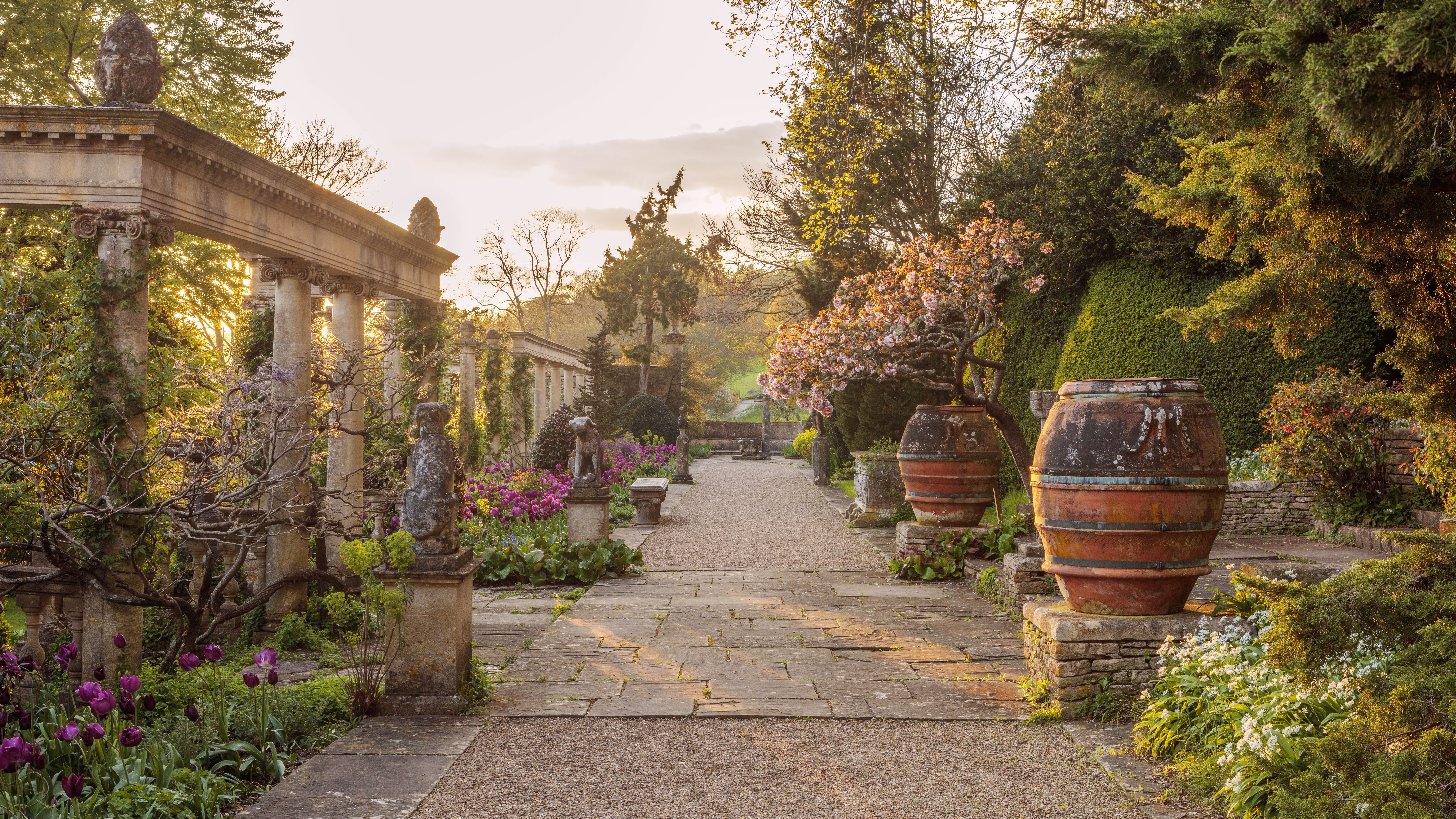 Have your say in the Historic Houses Garden of the Year Awards 2025
Have your say in the Historic Houses Garden of the Year Awards 2025By Annunciata Elwes
-
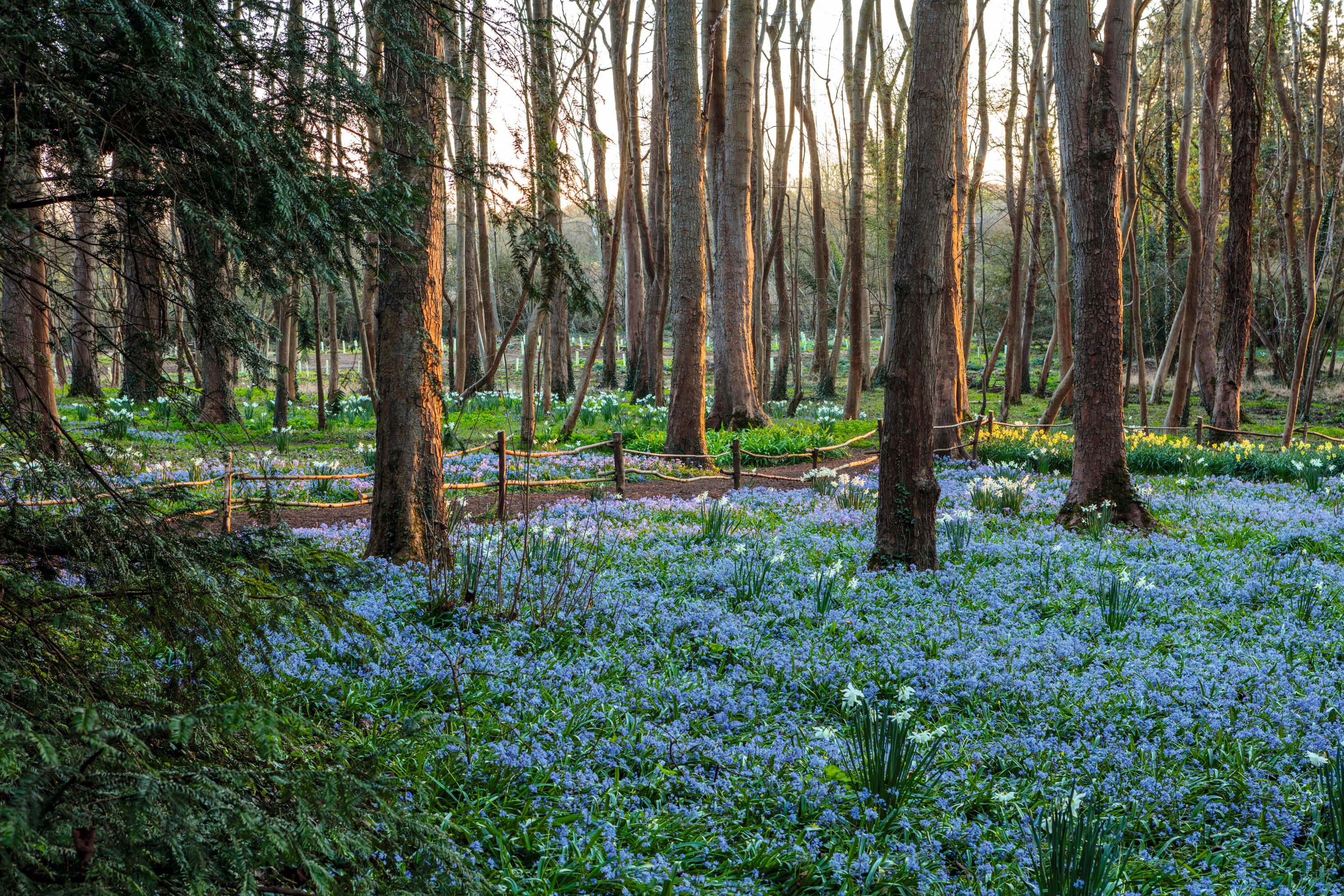 Evenley Wood Garden: 'I didn't know a daffodil from a daisy! But being middle-aged, ignorant and obstinate, I persisted'
Evenley Wood Garden: 'I didn't know a daffodil from a daisy! But being middle-aged, ignorant and obstinate, I persisted'When Nicola Taylor took on her plantsman father’s flower-filled woodland, she knew more about horses than trees, but, as Tiffany Daneff discovers, that hasn’t stopped her from making a great success of the garden. Photographs by Clive Nichols.
By Tiffany Daneff
-
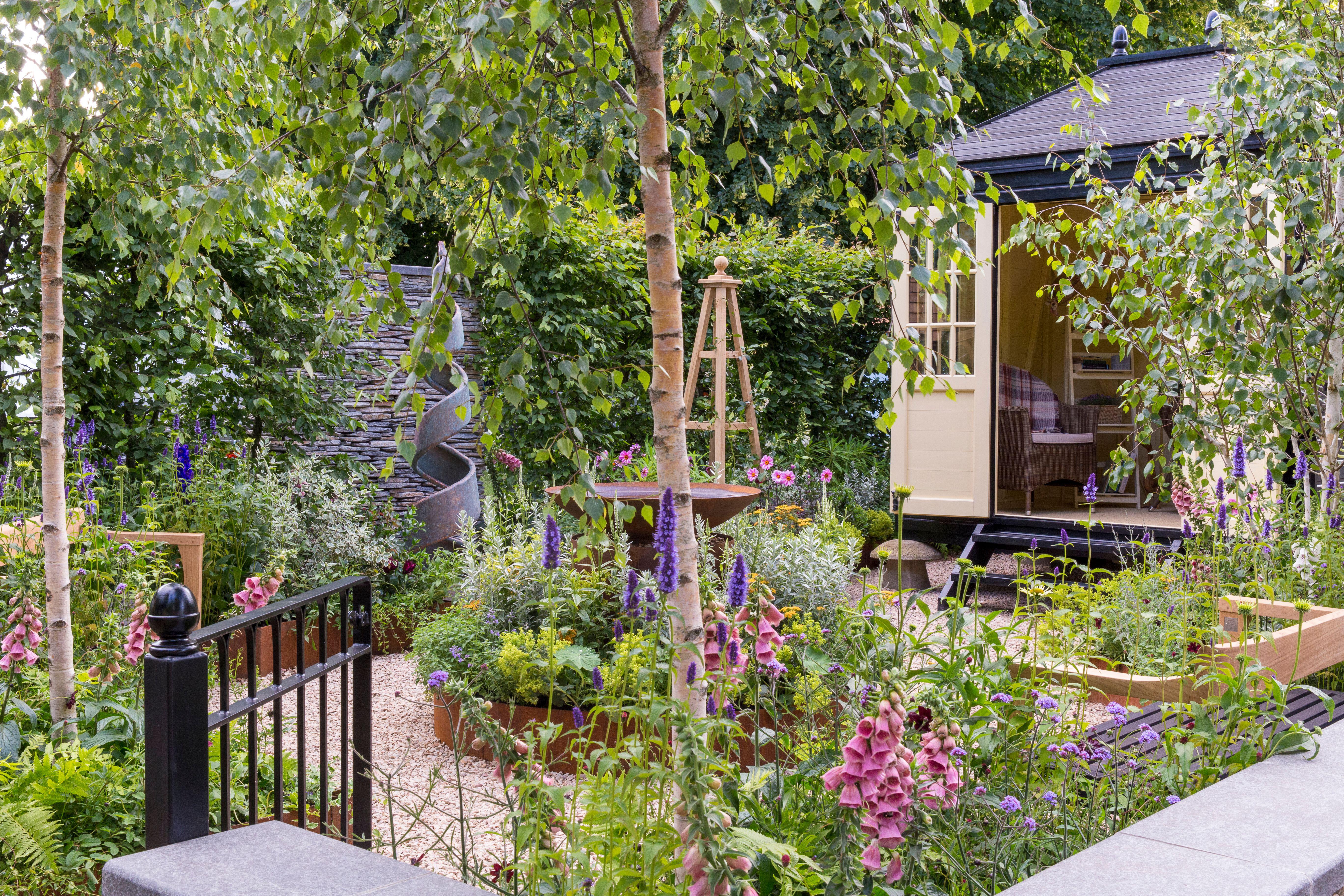 An expert guide to growing plants from seed
An expert guide to growing plants from seedAll you need to grow your own plants from seed is a pot, some compost, water and a sheltered place.
By John Hoyland
-
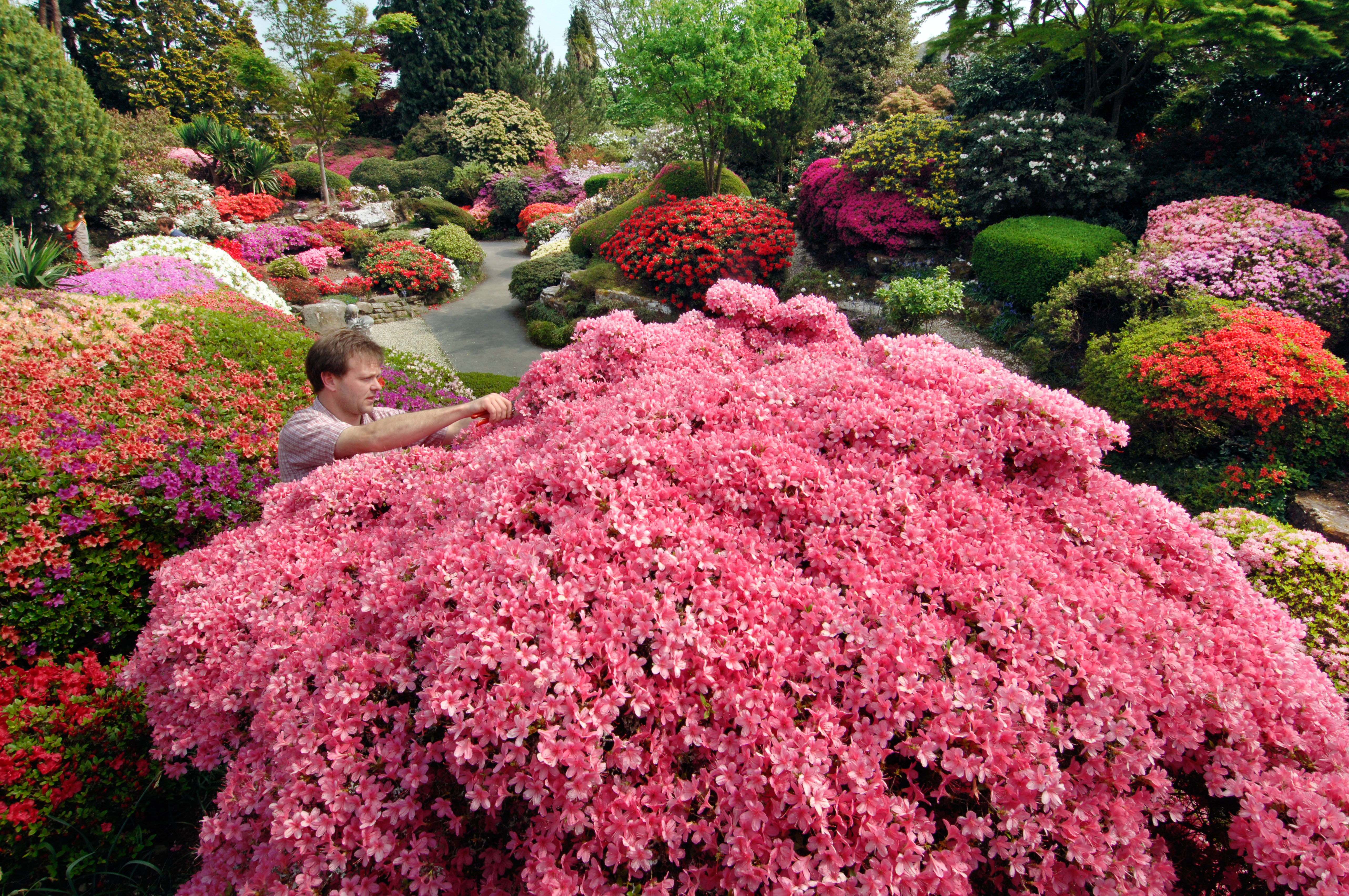 The best rhododendron and azalea gardens in Britain
The best rhododendron and azalea gardens in BritainIt's the time of year when rhododendrons, azaleas, magnolias and many more spring favourites are starting to light up the gardens of the nation. Here are the best places to go to enjoy them at their finest.
By Amie Elizabeth White
-
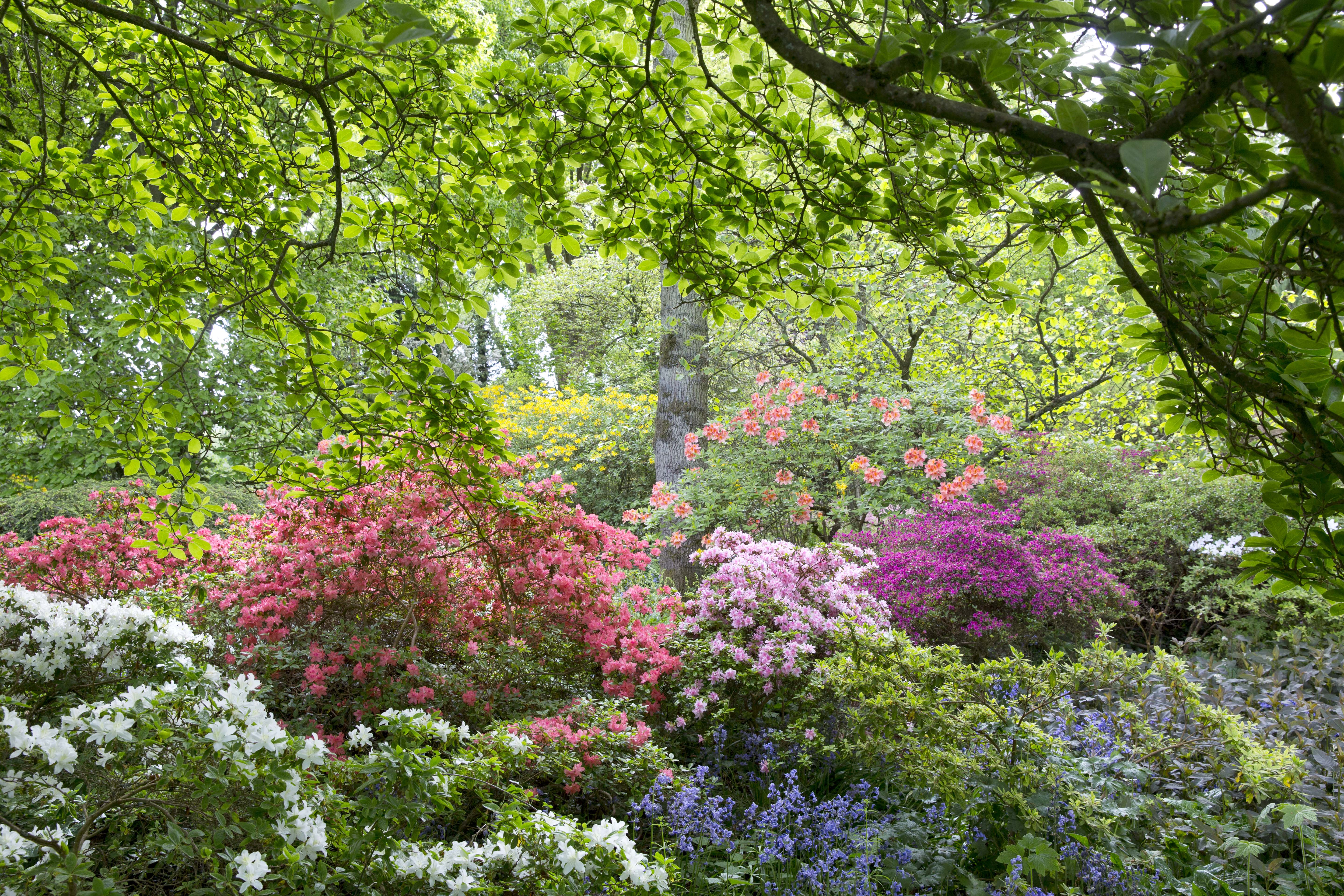 Great Comp: The blissful garden flooded with rhododendrons and azaleas that's just beyond the M25
Great Comp: The blissful garden flooded with rhododendrons and azaleas that's just beyond the M25Each spring, Great Comp Garden — just outside the M25, near Sevenoaks — erupts into bloom, with swathes of magnolias, azaleas and rhododendrons. Charles Quest-Ritson looks at what has become one of the finest gardens to visit in Kent.
By Charles Quest-Ritson
-
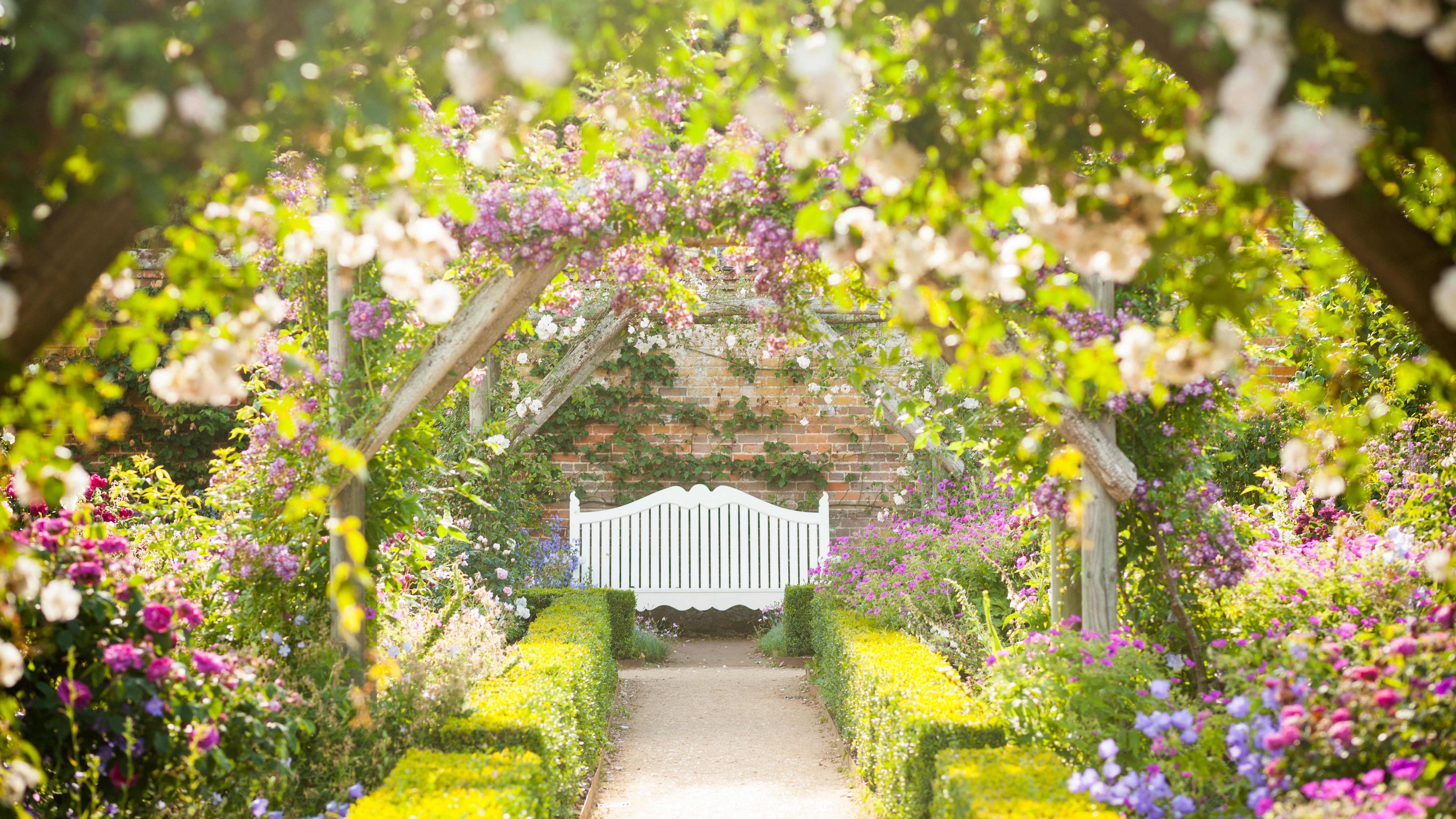 'I'm the expert who wrote the RHS's guide to roses — here's why pruning them right now is almost certainly a terrible mistake'
'I'm the expert who wrote the RHS's guide to roses — here's why pruning them right now is almost certainly a terrible mistake'More roses die from over-pruning than any other cause so what’s the reasoning underpinning this horticultural habit? Charles Quest-Ritson, the garden expert who wrote the RHS Encyclopedia of Roses, takes a closer look.
By Charles Quest-Ritson
-
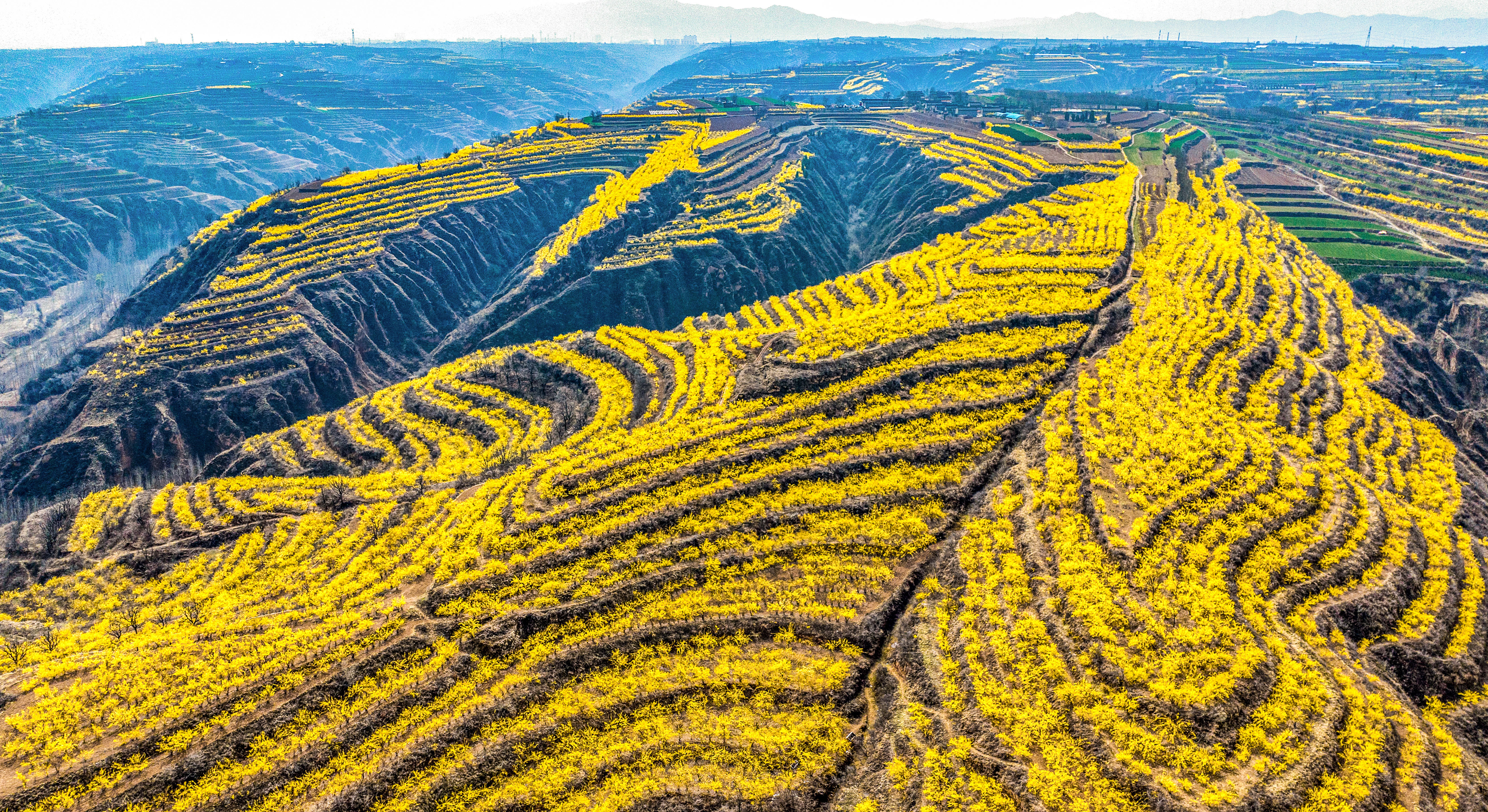 Forsythia: The spring flower that's a ray of sunshine — and a foolproof option for novice gardeners
Forsythia: The spring flower that's a ray of sunshine — and a foolproof option for novice gardenersForsythia are often sniffed at for being too brassy, but there is a lot more going for them, says Charles Quest-Ritson, although don’t plant them next to clashing pink-flowering currants.
By Charles Quest-Ritson